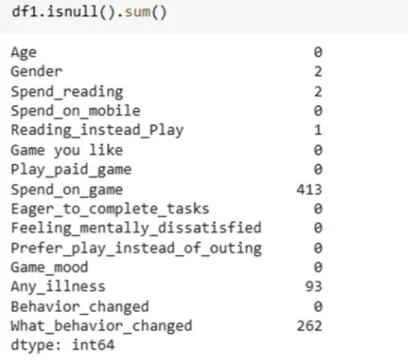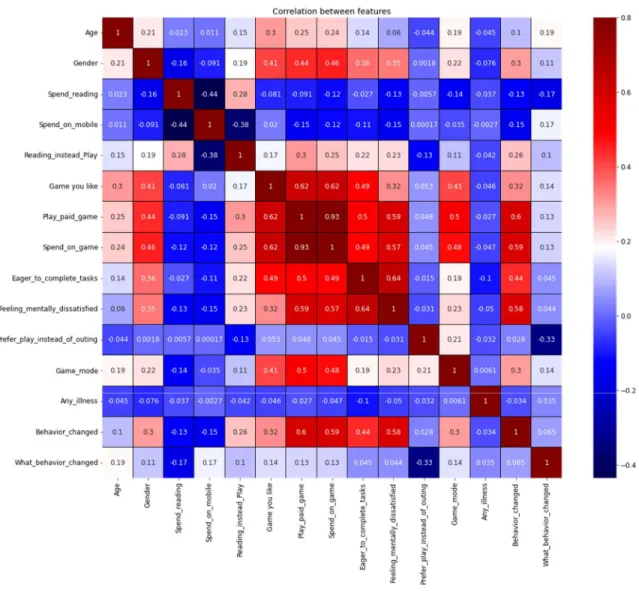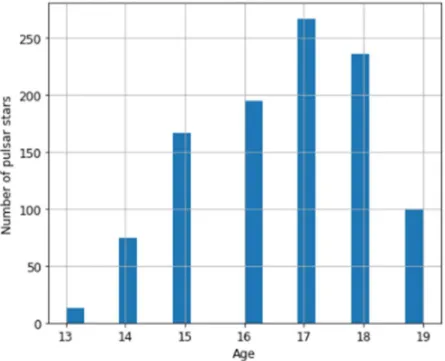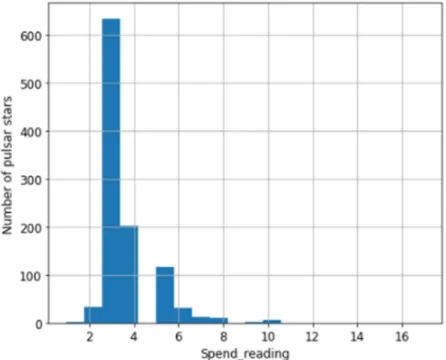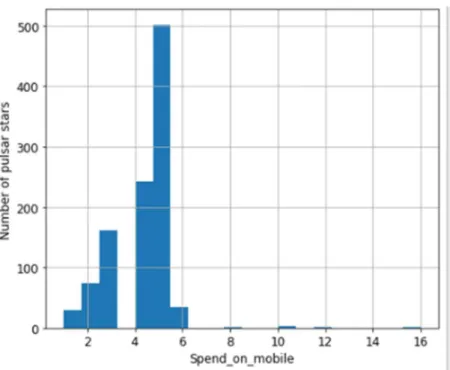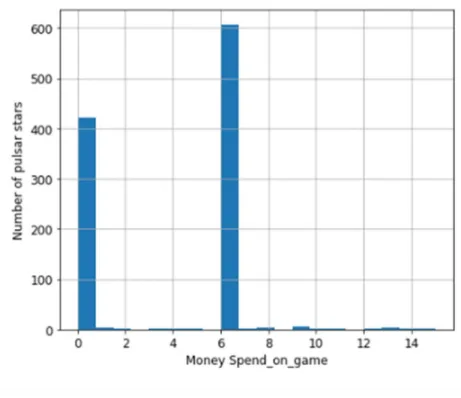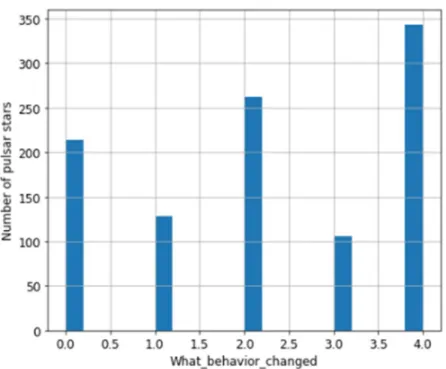This project titled “An Advance Data Mining Approach on Gaming Addiction of Teen Age in Modern Era” submitted by FAISAL MAHAMUD SHANTO, RAKIB AHSAN RAHAT and HARESUR RAHAMAN SHOBUZ to the Department of Computer Science and Engineering, Daffodil International University has been accepted as sufficient for partial fulfillment of the requirements for the degree of B.Sc. Department of Computer Science and Engineering Faculty of Science and Information Technology Daffodil International University. We hereby declare that this project was carried out by us under the supervision of.
We also declare that neither this project nor any part of this project has been submitted elsewhere for the award of any degree or diploma. Deep knowledge and great interest of our supervisor in the field of Machine Learning to realize this project. Her endless patience, scientific orientation, constant encouragement, constant and energetic supervision, constructive criticism, valuable advice, reading many inferior drafts and correcting them at all stages have made the completion of this project possible.
Touhid Bhuiyan, Professor and Head of CSE Department for his kind help in completing our project and other faculty members and staff of CSE Department of Daffodil International University. We would like to thank our entire course staff at Daffodil International University who participated in this discussion while completing the course.
LIST OF TABLES
INTRODUCTION
- Motivation
- Research Questions
- Research Outcome
- Thesis Organization
Addiction to social media has become the main reason for excessive use of smart devices. This study examines the relationship between social media addiction and people's behavioral facts. According to previous studies, it has been confirmed that the terms smart device addiction and social media addiction cause mental health problems in most cases.
A literature review is given that presents existing works on the concept of addiction to social media and smart devices. Additionally, there is a separation of the facts of using a smart device, one being for social media addiction and the other being for general purposes. But the fact is that smart devices and social media addiction are connected.
Addiction to social media is one of the reasons for excessive use of smart devices, but the smart device is the only key to using social media. This research indicates the effect of smart devices and social media addiction on human mental health.
BACKGROUND STUDY 2.1 Introduction
Related works
A hierarchical regression analysis found that PSPU and PSMU were positively associated with younger age, insufficient sleep, social media use, television viewing, anxiety and depression. Additionally, PSMU was associated with being male, being married, having a lower-income family, and drinking alcohol, while PSMU was associated with being female, having a nuclear family, living in an urban area, engaging in irregular physical activity, performing poorly on academic assignments, and avoidance of earning activities. Naveen Gupta et al., investigated how mobile phone use affects students' mental health, sleep patterns and academic performance at a medical university.
While some people primarily used their phones to download games, music and videos, as well as fashion, others used them for communication, event planning and emergencies. Using a cell phone at night was significantly associated with morning sleepiness, exhaustion, worsening study habits, difficulty concentrating, an increase in missed courses, and tardiness to class. Total time spent on mobile devices was significantly p 0.05 and highly significant p 0.001 associated with a worsening of study habits, an increase in missed hours, and lateness to classes.
Mahbobor Rahaman, When asked if on average they spend more time on their mobile phones than their friends and family members, 19.7% of respondents strongly agreed and 26.6% agreed. This outcome revealed the terrible news that people, being cut off from society, tried to think bad thoughts that could endanger human life in Bangladesh. One of the main reasons for the rise in crime in Bangladesh is that most of the younger generation spend more time on their phones than doing volunteer activities.
Abu Shams Mohammad Mahmudul Hoque [8] claims that Bangladeshi SME performance is significantly affected by addiction to digital devices. Hence, the beta coefficient for the effect of digital device addiction on the Bangladeshi Gen Z lifestyle was 864, meaning that for every unit increase in digital device addiction, the Bangladeshi Gen Z lifestyle increased by .864. The results indicated that young people's dependence on mobile phone use can have an effect on their day-to-day activities.
The studies found n = 290 primarily looked at dependence/addiction to "problematic cell phone use" and the frequency or length of "problematic cell phone use" in relation to mental health symptoms, says Sara Thomée. Especially in the last five years, the number of published articles has increased noticeably.
Research Summary
Challenges
RESEARCH METHODOLOGY 3.1 Introduction
- Data Collection Procedure
- Research Methodology
- Machine Learning Model
- Experimental Result and Analysis
- Result Discussion
After doing our initial research, we were inclined to know that the Random Forest would produce the most accurate results. Once we retrieve the data, we convert it to CSV format. Figure 3.2 is shown below. Histogram of Age: Essentially, a histogram is used to represent data presented in the form of different groups.
It is a type of bar plot where the X-axis shows the bin ranges and the Y-axis gives frequency information. Random forest [20]: The collection method is extended with the random forest algorithm, which uses feature randomness in addition to posing to produce an uncorrelated forest of decision trees. Decision tree [16]: A decision tree is a graph that realizes the problem and makes judgments based on conditions.
The model is evaluated using the data we split during the test-trained module. An outcome where the model correctly predicted the positive class is referred to as a true positive. Similar to a true positive, a true negative is a result for which the model accurately predicts the negative class.
We get True Positive rate 61, 83 and 81 for Gradient Boosting Classifier, Decision Tree Classifier and Random Forest respectively. We get False Negative rate 27, 41 and 32 for Gradient Boosting Classifier, Decision Tree Classifier and Random Forest respectively. We get True Negative rate 171, 180 and 185 for Gradient Boosting Classifier, Decision Tree Classifier, and Random Forest respectively.
We get accuracy rates of 78, 80, and 83 for Gradient Boosting Classifiers, Decision Tree Classifier, and Random Forest, respectively. For Gradient Boosting Classifier, Decision Tree Classifier and Random Forest, respectively, we get recall rates of and 0.85. The accuracy or caliber of successful model prediction is one measure of model performance.
We get accuracy rates of 0.89 and 0.89 for the Gradient Boosting Classifier, Decision Tree Classifier, and Random Forest, respectively. It is safe to say that Random Forest is quite efficient and gives better results than other models.
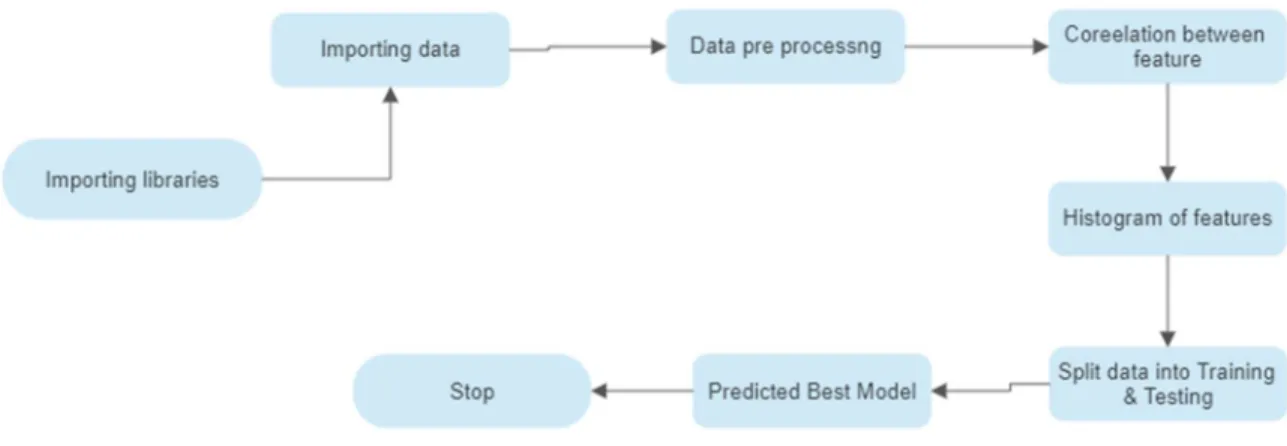
IMPACT ON SOCIETY, ENVIRONMENT AND SUSTAINABILITY
- Impact on Society
- Impact on Environment
- Ethical Aspects
- Sustainability
Daffodil International University 27 against interruption while using smart devices is thought to be analyzed by this study. According to the findings, the person who spends more time using the smart device in most cases has social media addiction, it interrupts their sleep and hurts their eyes as well as they shout or act irritated when someone interrupts while they are using smart devices and they feel bored without smart devices. This study comes with some information that, those who have a smart device and social media addiction think they can block their disturbing thoughts of life with it, but they feel low strain due to excessive use of smart devices.
The findings show that most users agree about late-night cell phone use and its impact on their health and behavior. At least two Internet life cycles are present in 91 percent of large enterprise brands. When unable to access their online life profile, 65 percent of individuals feel uneasy and uncomfortable.
SUMMARY, CONCLUSION, RECOMMENDATION, AND IMPLICATION FOR FUTURE RESEARCH
Summary of the Study
Implication for Further Study
Conclusion
Behavior and cell phone addiction among youth. https://hrmars.com/papers_submitted/14426/behaviour-factors-and-smartphone- addiction-among-youth-in-selected-public-universities-in-klang-valley.pdf. Physical activity through mobile games”, Conference: Interaction Design and Children, Proceedings of the 9th International Conference on Interaction Design and Children, IDC 2010, Barcelona, Spain, June 9-12, 2010DOI:. Nicholi II, "M-Rated Video Games and Aggressive or Problem Behavior Among Young Adolescents", Applied Developmental Science, vol.
16] Dongdong Li, Angeline Khoo, HyekyungChoo, Albert K. Liau “Effects of Digital Gameplay among Young Singaporean Gamers: A Two-Wave Longitudinal Study” Journal of Virtual Worlds Research September-2012, Vol. 5, No. 2. King, MichaelGradisar , Aaron Drummond,NicoleLovato, Jason Wessel, GoricaMicic, Paul Douglas AndPaulDelfabbro,”The Impact of Long-Term Violent Video Gaming on Adolescent Sleep: An Experimental Study” Journal of Sleep Research Vol 22 Issue 2. 18] Halima Sadia Qureshi and Mussarat Jabeen Khan UzmaMasroor “Increased aggression and loneliness as potential effects of pathological video games among adolescents” Pakistan Journal of Social and Clinical Psychology 2013, Vol. 2019).
APPENDIX
![Figure 2.1: Machine Learning [5]](https://thumb-ap.123doks.com/thumbv2/filepdfnet/10788583.0/17.918.176.747.112.643/figure-2-1-machine-learning-5.webp)
